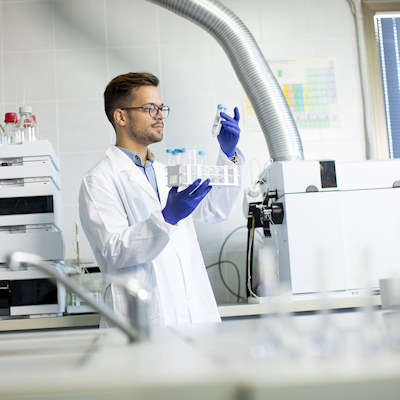August 8, 2022 -- Researchers from The Ohio State University have unveiled a new, safer method to turn carbenes into more stable molecules, which has implications for drug manufacturing.
The team developed catalysts made out of cheap, earth-abundant metals such as iron, copper, and cobalt, and combined them to facilitate their new method of harnessing carbene (Science, August 4, 2022). They converted common aldehydes (via stable α-acyloxy halide intermediates) to electronically diverse (donor or neutral) carbenes to facilitate > 10 reaction classes.
The strategy enables safe reactivity of nonstabilized carbenes from alkyl, aryl, and formyl aldehydes via zinc carbenoids. In doing so, the researchers channeled the power of reactive carbenes to create valuable molecules such as cyclopropane on a larger scale and much more quickly than traditional methods.
The new method will enable better access to dozens of types of cyclopropanes for incorporation into all kinds of medicines, according to the researchers. In addition, they predict a chemical reagent that currently takes 10 or 12 steps to make could be done in four or five.
Copyright © 2022 scienceboard.net







